How Digital Imaging Brings Damaged Artifacts Back To Life:
Digital Imaging for Cultural Heritage Preservation is a powerful tool for preserving damaged artifacts. By capturing high-resolution images, experts can analyze and virtually restore missing or damaged parts. This method is safe and doesn’t harm the artifacts, and it allows for detailed documentation and sharing of the artifact’s history.
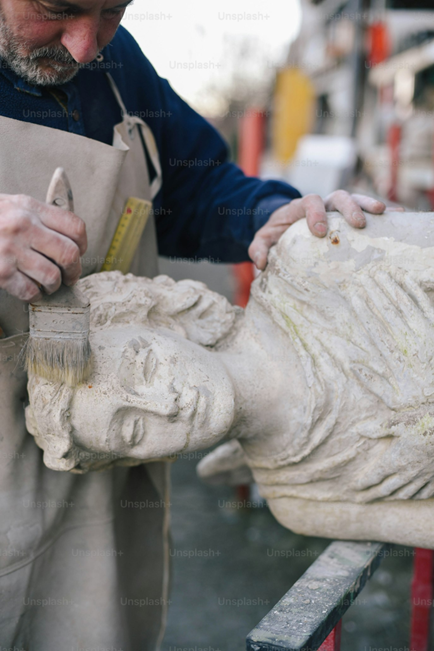
What is Digital Imaging for Cultural Heritage Preservation?
Digital imaging is an important method for preserving cultural heritage. It creates high-quality digital records of artifacts and historical sites. This safe approach allows experts to closely examine, document, and virtually restore damaged parts. By using this technique, we can ensure that these cultural treasures are saved for future generations and made available to more people.
Digital artifact restoration: Digital artifact restoration involves turning physical items like artwork, documents, and historical artifacts into high-quality digital files. Digital imaging captures all the fine details of an artifact’s surface, such as the texture of old scrolls and the cracks in worn sculptures. The resulting digital images are made up of millions of tiny pixels arranged in a grid. Each pixel represents a small part of the object and is stored as binary code on a computer, ensuring that every detail is captured and preserved.
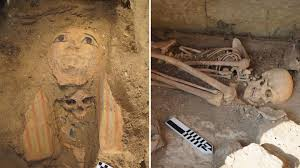
The Importance of Digital Imaging in Cultural Heritage Preservation:
digital imaging plays a vital role in safeguarding our cultural heritage by providing a comprehensive and accessible record of our past. That maybe lost over time. This non-invasive technique ensures that we can study and analyze these items without causing damage.
How Digital Imaging Restores Damaged Cultural Artifacts:
Digital imaging restores damaged cultural artifacts by creating detailed digital records of their current state. digital imaging provides a safe, effective way to preserve and restore cultural artifacts while ensuring they remain accessible for future generations. Here how does Digital Imaging for cultural heritage preservation works.
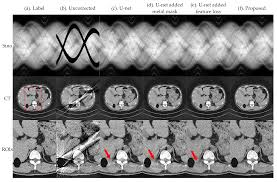
- High-Resolution Capture: Experts use high-resolution cameras and scanners to capture every detail of the artifact, including textures, colors, and any damage.
- Analysis: The digital images allow researchers to analyze the artifact closely, identifying areas that need restoration.
- Virtual Restoration: Using specialized software, they can digitally repair missing or damaged parts, effectively “restoring” the artifact without physically altering it.
- Documentation: The digital records serve as a permanent archive, documenting the artifact’s history and condition over time.
- Wider Access: The images can be shared online, making it easier for the public and scholars to appreciate and study these cultural treasures.
Advanced Techniques in Digital Imaging for Artifact Restoration:
Cultural heritage preservation technologies have transformed the work of archaeologists and conservators in their interactions with historic artifacts. Several key techniques allow them to uncover details that may be invisible to the naked eye while ensuring that objects remain unharmed. These advancements enable more effective analysis, documentation, and restoration, safeguarding our cultural treasures for future generations.
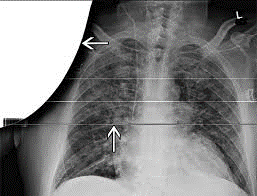
Ultraviolet (UV) Photography
UV photography reveals surface details and pigments not visible in regular light. By using UV light, conservators can identify faded artworks, previous restorations, and organic growths like mold, which aids in planning conservation efforts.
Infrared Imaging
Infrared imaging penetrates layers of paint and varnish, allowing conservators to see underlying sketches or changes. This is especially useful for murals and manuscripts, providing insights into the artist’s techniques and the history of the artifact.
X-ray Imaging
X-ray imaging is a non-invasive method that examines the inner structure of artifacts. It reveals fractures, construction methods, and hidden elements within sculptures. This technique helps assess an artifact’s integrity and guides restoration efforts without causing damage.
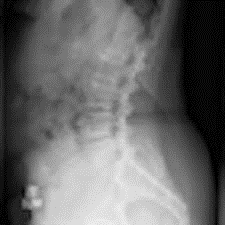
3-D Scanning
3D Scanning: three-Dimensional images of artifacts, creating Digital models for restoration, exhibition, or study. This technology allows researchers to conduct virtual restorations, make display copies, and analyze an artifact’s geometry and surface condition.
Through 3D scanning, conservators can preserve cultural artifacts without causing harm, extending their lifespans and ensuring they remain accessible for future generations. These advanced imaging techniques provide deeper insights into our cultural heritage, safeguarding it for years to come.
Benefits of Digital Imaging for Cultural Heritage Preservation:
digital imaging provides a powerful and effective tool for safeguarding our cultural heritage. Through:
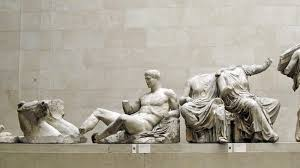
- Preservation: It creates a permanent digital record of artifacts, even if the physical objects are damaged or destroyed.
- Analysis: High-resolution images allow for detailed examination of features and materials, providing valuable insights into the artifact’s history and significance.
- Restoration: Digital techniques can be used to virtually restore damaged or missing parts of artifacts, aiding in physical restoration efforts.
- Accessibility: Digital images can be easily shared and accessed by researchers, scholars, and the public, promoting a wider understanding and appreciation of cultural heritage.
- Non-invasive: Digital imaging techniques do not require physical contact with the artifact, minimizing the risk of further damage.
Real-World Applications: How Digital Imaging Restores Cultural Artifacts:

Digital imaging has been instrumental in restoring countless cultural artifacts worldwide. Here are some notable examples:
- Dead Sea Scrolls Restoration:
The Dead Sea Scrolls are ancient Jewish manuscripts discovered in Israel. They are incredibly fragile and can be damaged easily. To study them without touching them, scientists took high-quality digital pictures. These pictures helped researchers to learn about the scrolls without risking damage.
One of the most important digital techniques used was infrared photography. This method revealed hidden text that had been obscured by time and environmental damage. By using infrared light, researchers could see through the surface of the scrolls and identify faint writings that were otherwise invisible.
Another valuable technique was multispectral imaging. This method captured pictures of the scrolls under different wavelengths of light, allowing researchers to select the best conditions for reading and preserving the texts. Multispectral imaging helped to identify areas where the text was faint or damaged and to choose the optimal lighting conditions for viewing.
- Sistine Chapel Restoration:
The Sistine Chapel is a famous church in Italy with beautiful paintings on the ceiling by Michelangelo. The paintings were getting dirty and damaged. To clean them without damaging them, experts took digital pictures. These pictures helped them understand the paintings better and decide how to clean them safely.
One of the key digital techniques used in the Sistine Chapel restoration was color analysis. By analyzing the digital images, experts could identify the unique colors used by Michelangelo and determine how they had changed over time due to pollution, humidity, and other factors.
This information was essential for restoring the paintings to their original appearance. Digital imaging also played a crucial role in documenting the restoration process.
High-resolution images were captured before, during, and after the restoration, providing a permanent record of the work that was done. This documentation is invaluable for future research and conservation efforts.
- Hidden Sketches in Renaissance Paintings:
Renaissance paintings often concealed underlying sketches, providing valuable insights into the artist’s creative process. Digital imaging techniques have been instrumental in revealing these hidden layers.
By using infrared or ultraviolet light, conservators can penetrate the surface of the painting and visualize the underlying sketches. This has led to the discovery of preparatory drawings, compositional changes, and even hidden messages.
One of the most effective techniques for revealing hidden sketches is X-ray radiography. X-rays can penetrate layers of paint to expose preliminary sketches and adjustments made by the artist during the painting process.
This technique has been used to uncover hidden figures, changes in composition, and even earlier versions of the painting.
Another valuable technique is Reflectance Transformation Imaging (RTI). This method captures the surface texture of the artwork under special lighting conditions, revealing hidden information that is not visible under ordinary light.
RTI can be used to identify subtle changes in the surface texture that may indicate the presence of an underlying sketch.
- Fayum Mummy Portraits:
Fayum mummy portraits are ancient Egyptian portraits painted on wood panels and placed over the faces of mummified individuals. These portraits offer a unique glimpse into the lives and customs of ancient Egyptians.
Digital imaging techniques have been used to study the pigments, materials, and techniques used to create these portraits. Additionally, digital restoration has helped to repair damage caused by time and handling, preserving these invaluable works of art for future generations.
One of the key digital techniques used in the study of Fayum mummy portraits is digital pigment analysis. By analyzing the chemical composition of the pigments used in the portraits, conservators can recreate the unique shades and colors digitally.
This information is essential for understanding the artist’s palette and the techniques used to create the portraits.
Digital restoration has also been employed to repair damaged or missing components of the portraits. Using digital tools, conservators can reconstruct damaged areas, fill in missing details, and even remove unwanted elements. This allows for a more complete and accurate understanding of the original appearance of the portraits.
Overcoming Challenges in Digital Imaging for Artifact Restoration:
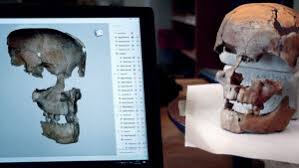
Despite its numerous benefits, digital imaging for artifact restoration also presents several challenges that must be addressed:
- Image Quality: Factors such as lighting conditions, camera settings, and the artifact’s surface can affect image quality. Poor image quality can hinder analysis and restoration efforts.
- Color Accuracy: Accurately capturing and reproducing the colors of artifacts is crucial for accurate representation. Variations in lighting conditions and camera sensors can introduce color distortions.
- Data Storage and Management: Digital images can be large, requiring significant storage space. Effective data management strategies are essential to prevent loss or corruption of valuable information.
- Ethical Considerations: The use of digital techniques raises ethical questions about the manipulation of artifacts and the potential for misrepresentation. Guidelines and standards must be established to ensure responsible and ethical practices.
The Future of Digital Imaging in Cultural Heritage Preservation:
Digital imaging has a strong future in Cultural Heritage Preservation
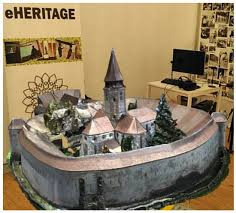 Digital imaging technology is rapidly evolving, and its future in cultural heritage preservation is promising.
Digital imaging technology is rapidly evolving, and its future in cultural heritage preservation is promising.
some potential developments:
- Artificial Intelligence (AI): AI can be used to automate tasks such as image analysis, object recognition, and virtual restoration. This can improve efficiency and accuracy, especially for large-scale projects.
- Virtual Reality (VR): VR can provide immersive experiences for visitors to explore historical sites and artifacts in a digital environment. This can help to increase accessibility and understanding.
- 3D Printing: Advances in 3D printing technology may enable the creation of replicas of artifacts, allowing for safe handling and display while preserving the originals.
- Hyper-Spectral Imaging: This technique can capture information beyond the visible spectrum, providing valuable insights into the composition and condition of artifacts.
- Cloud Computing: Cloud-based platforms can offer scalable storage and processing capabilities, making it easier to manage and share large datasets.
As these technologies continue to develop, they will likely play an even more significant role in preserving and sharing our cultural heritage. Digital imaging will remain a vital tool for documenting, analyzing, and restoring artifacts, ensuring that they can be enjoyed by future generations.

